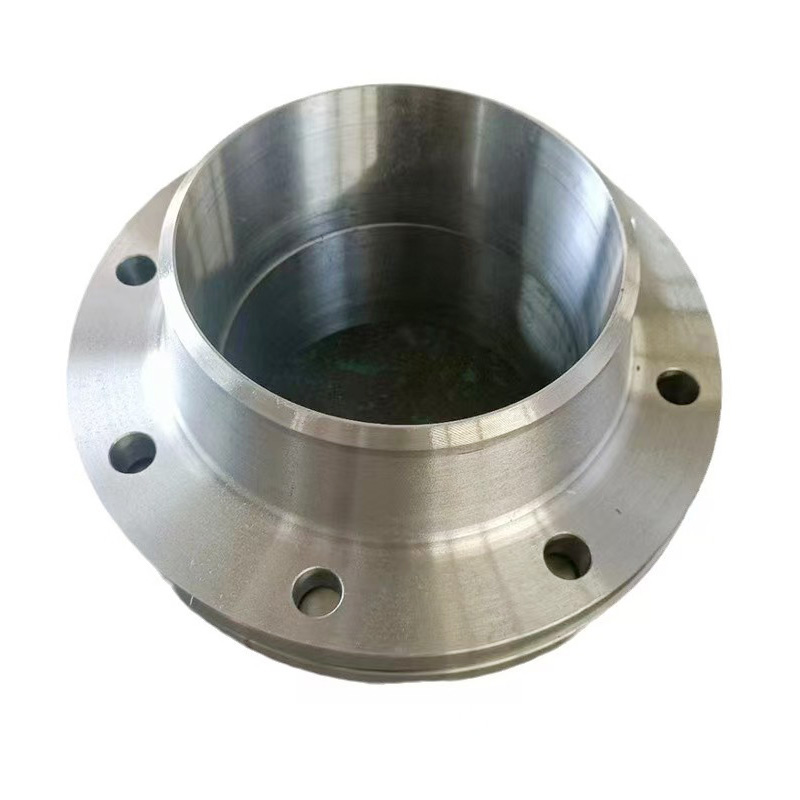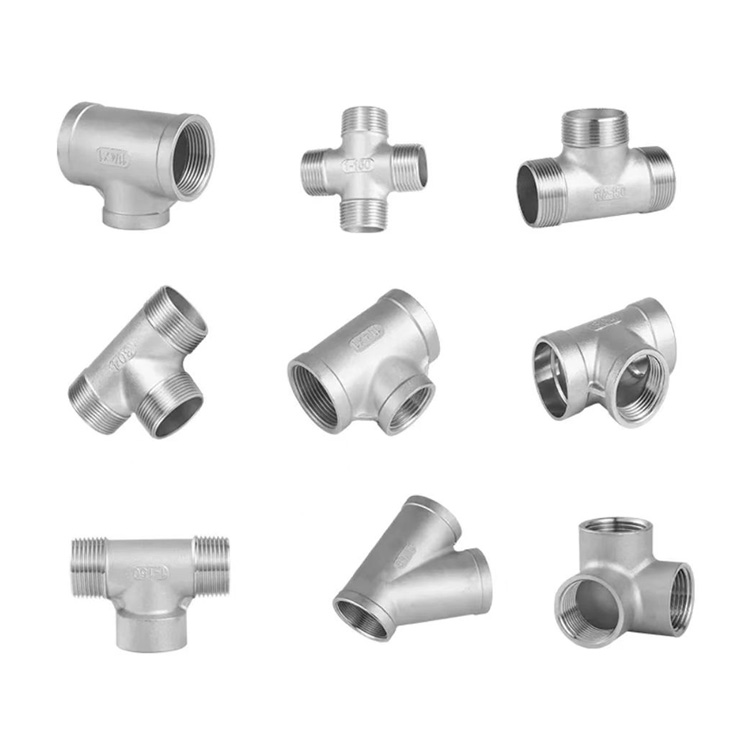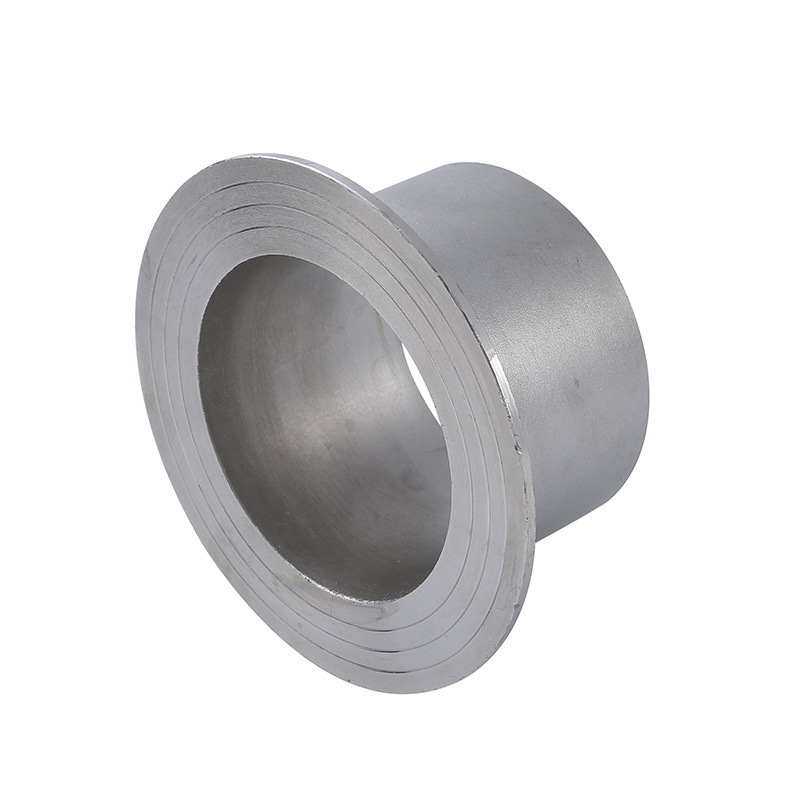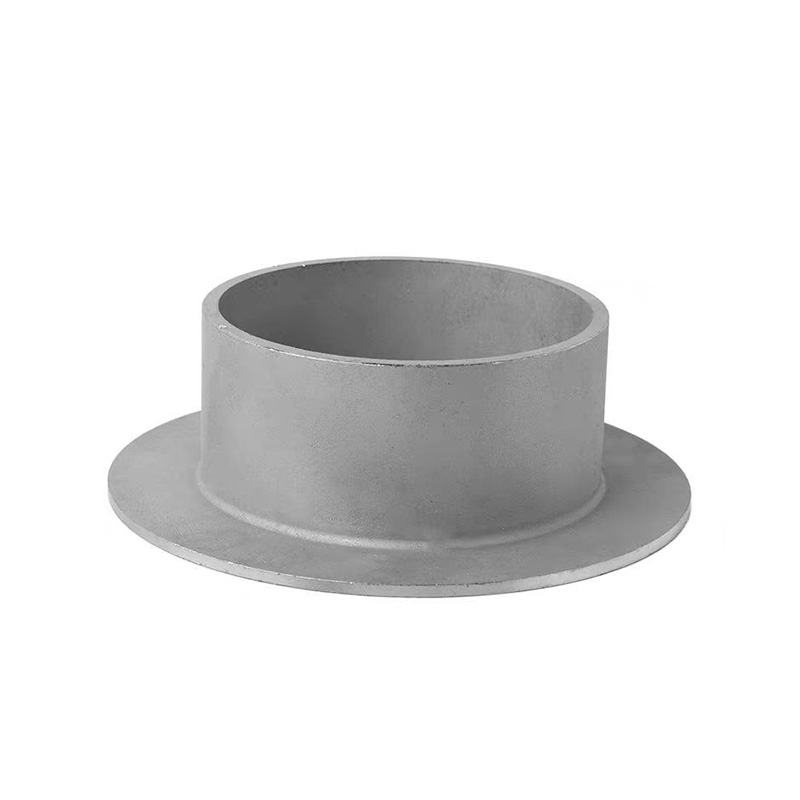Application of Vibration Isolation and Noise Reduction Techniques in Pipe Supports for Industrial Piping
2025-06-26 18:03:46

Application of Vibration Isolation and Noise Reduction Techniques in Pipe Supports for Industrial Piping
In industrial piping systems, vibration and noise generated by fluid flow, pumps, compressors, or mechanical equipment can cause structural fatigue, reduce system lifespan, and create unsafe or uncomfortable working environments. Incorporating vibration isolation and noise reduction technologies into pipe supports is an effective way to address these issues.
1. Vibration Isolation Using Elastic Supports
Pipe supports equipped with elastic materials such as rubber pads, neoprene, or spring hangers can absorb and dampen vibrations transmitted from machinery or flow-induced pulsations. These flexible supports reduce the transmission of vibrational energy to the building structure and connected equipment.
2. Use of Anti-Vibration Pads and Liners
Placing anti-vibration pads or liners between pipe clamps and pipes prevents metal-to-metal contact, reducing noise generated by friction and vibration. Materials like neoprene or cork are commonly used for this purpose.
3. Spring Supports and Hangers
Spring pipe supports allow vertical movement while providing load support, isolating dynamic forces caused by thermal expansion or equipment vibration. Properly calibrated springs can significantly reduce noise and mechanical stress.
4. Mass Dampers and Tuned Supports
In some cases, adding mass dampers or tuned vibration absorbers to supports can target specific vibration frequencies, effectively minimizing resonant vibrations and associated noise.
5. Structural Decoupling and Flexible Connections
Flexible connectors or expansion joints combined with vibration-isolating supports help decouple vibration sources from piping runs, reducing noise propagation.
6. Design Considerations
Selecting support materials with high damping properties.
Ensuring proper installation to avoid rigid connections that transmit vibration.
Regular maintenance of isolators to prevent material degradation and loss of effectiveness.
7. Benefits of Vibration Isolation and Noise Reduction
Prolonged pipe and equipment lifespan by reducing fatigue damage.
Enhanced worker safety and comfort by lowering noise levels.
Compliance with industrial noise regulations and standards.
Prevention of secondary damage to building structures or sensitive instruments.
Conclusion
Integrating vibration isolation and noise reduction techniques into pipe supports is a critical aspect of industrial piping design and maintenance. By carefully selecting support types, materials, and configurations, industries can achieve quieter, safer, and more reliable piping systems.

AWeld Neck Flange (WN Flange)is a type of piping flange designed to be welded to a pipe or ...

Socket fittings are essential components in piping systems, designed to connect, branch, or...

Welding ring is a commonly used metal ring component in pipeline connection or equipment do...

Welding ring is a pipe fitting used for pipeline connection. The following is its detailed ...






